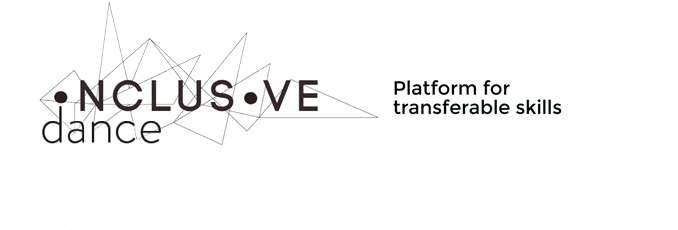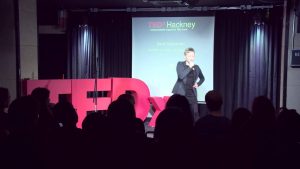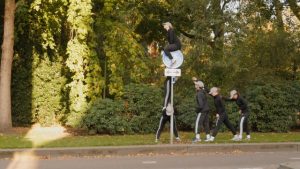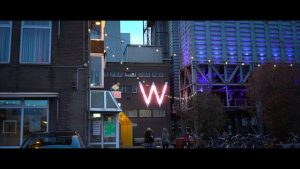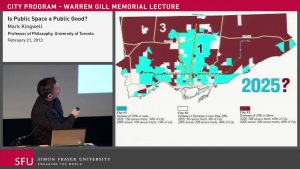“The Feldenkrais Method® is a form of somatic education that uses gentle movement and directed attention to improve movement and enhance human functioning. Through this Method, you can increase your ease and range of motion, improve your flexibility and coordination, and rediscover your innate capacity for graceful, efficient movement. These improvements will often generalize to enhance functioning in other aspects of your life.
The Feldenkrais Method is based on principles of physics, biomechanics and an empirical understanding of learning and human development. By expanding the self-image through movement sequences that bring attention to the parts of the self that are out of awareness, the Method enables you to include more of yourself in your functioning movements. Students become more aware of their habitual neuromuscular patterns and rigidities and expand options for new ways of moving. By increasing sensitivity the Feldenkrais Method assists you to live your life more fully, efficiently and comfortably.”
– Source: feldenkrais.com
Teri Weikel is a certified teacher of Feldenkrais method. “I first found out about Feldenkrais at university. It was a very strong experience; I have never felt my own body in this way. I really liked it! It was surprising for me to experience it through very small and tiny movements. I had no idea how long the class was, I completely lost track of time. I was very curious about it and I could relax at the same time. Especially I like that nobody told me when to start or finish, no counting or such a thing. At that time, I was only 19, I was a child and I was thinking that one day maybe I would get back to it. And I did.”
Teri studied at university to become a dancer. Eventually, it helped her to become a Feldenkrais teacher: “I was very lucky, because my ballet teacher was using a biomechanic approach to the classes. It was never about poses, it was a creative process; such as using oppositions or to really push yourself away from the ground while standing on feet. We were discovering principles by ourselves; we were not told that they exist. This open-mindness was the thing, I used from my dance training to become a Feldenkrais teacher.”
For Teri, Feldenkrais might be perceived as a concept of movement rediscovery at its birth point. It does not matter, whether one work with dancers, non-dancers, people with special needs, visually impaired or anyone else. Within Feldenkrais, guiding people and discovering questions and answers in somatic approach is extremely essential. It is also kind of a game; one must be playful and curious. Feldenkrais teacher must be also very good and attentive observer. Not only during the workshop, but ideally, when working repeatedly with certain group, outside the workshop as well. It gives him base, a starting point for his work from which he may develop special types of exercises and situations. Within the practice in general, it is necessary to forget about right and wrong. It is needed to leave self-criticism outside the studio, outside one’s body. The attitude towards what a practitioner doing, his curiosity matters. Asking questions and requiring answers is all right, but one should not judge himself.
Teri was also talking on how to improve dancers’ daily training with Feldenkrais method: “It is important to perceive movement as something very pleasurable and never stop experimenting. That is something that forms and shapes your self. To do something you dislike or even hate is a bad thing, because then you loose crave for new information.
As well as being Feldenkrais teacher, it is crucial never do the same and always explore. It always changes although the change might be very subtle. It might never be the same because of simple things – different time, space, people, energy, situation, etc.”
Teri held workshop of Feldenkrais method at Duncan Centre Conservatory and within final discussions, some very interesting topics came up from practitioners, such as:
- It brings incredible calmness and piece to observe your own body; one is able to focus on very subtle movements, which are usually ignored in everyday life and work.
- It also brings freedom of choice and I feel my own body more mobile.
Feldenkrais class radically released tension in my body, I feel relaxed now. At the same moment, the more muscle tension was being reduced and almost “was covered and not seen”, the more I was aware of places in and on my body, where I could feel pain and any kind of blocks. Sometimes this process makes me wanting to stop moving and it might be quite a hard time to carry on.
